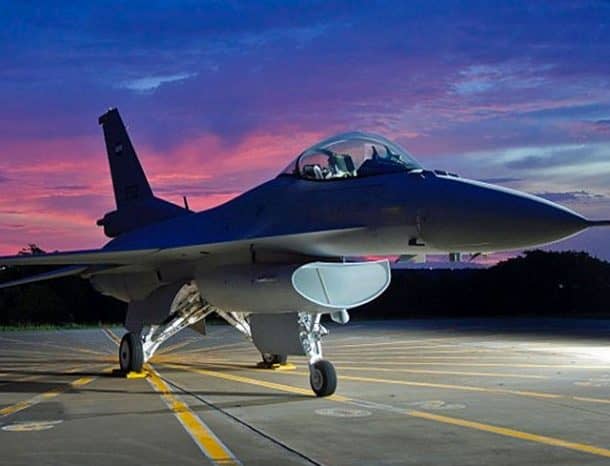Autonomous technology is not going to stay as harmless as delivery drones or flying taxis. The technology is prepared to be employed to combat missions whether as drones or fighter jets. Lockheed Martin is bringing back the retired Fighting Falcon F-16 and this time to test them for unmanned combat missions. A collaboration of Lockheed Martin Skunk Works, Air Force Research Laboratory (AFRL), the US Air Force Test Pilot School, and Calspan Corporation has demonstrated autonomous F-16 fighter jets in combination with manned aircraft for air-to-ground flight missions.
The Unmanned Combat Air Vehicle (UCAV) from Lockheed Martin has demonstrated aerial combat exercises using unmanned fighters for planning and executing strike missions from the air. The requirements of the mission included reactions to air-to-ground strike mission threats, dealing with the equipment malfunction, communication failures, and quick adaption to new software components.

The first demonstration of the autonomous fighter jet was the Have Raider I, where the F-16 displayed advanced vehicle controls and automatic collision avoidance system. The craft autonomously flew in a formation with a lead aircraft and performed a ground attack mission to rejoin the leader in the formation later.
The recent demonstration of Have Raider II conducted at the Test Pilot School at Edwards Air Force Base, California with the aim to develop control technologies that will allow the craft to react to threats on their own while leaving the human pilots for more complex decisions.
The program manager for Lockheed Martin Skink Works Loyal Wingman, Shawn Whitcomb said:
“The Have Raider II demonstration team pushed the boundaries of autonomous technology and put a fully combat-capable F-16 in increasingly complex situations to test the system’s ability to adapt to a rapidly changing operational environment. This is a critical step to enabling future Loyal Wingman technology development and operational transition programs.”


